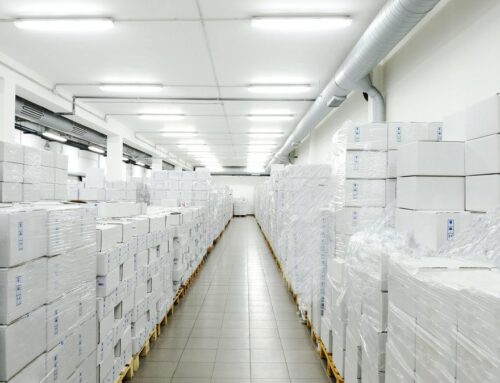Third party warehousing and distribution is an essential component of many modern supply chains. Warehouses, distributors, and other third parties provide critical value for companies that range from manufacturers to retailers. However, there are some common misconceptions about third party warehousing and distribution.
Misconception 1: Third Party Warehousing and Distribution Is Beyond My Company’s Capabilities
Companies with no prior knowledge of third party warehousing and distribution may be hesitant to explore this option for their supply chain needs. Before engaging a third party warehouse or distributor, companies should understand the basic concepts of the process, including what services are typically offered by these organizations, how costs are allocated, and how a third party warehouse or distributor can provide significant value to a company with little investment on the part of the client.
Misconception 2: Third Party Warehouses and Distributors Are a Waste of Money
A common misconception is that all third party warehousing and distribution services are too expensive to benefit any business. Actually, many companies benefit from third party warehousing by eliminating capital expenses for warehouse construction and equipment while also gaining the flexibility to expand or reduce warehouse space as needed. Additionally, there are options available for clients who would like their services tailored to meet specific business needs.
Misconception 3: Third Party Warehousing Is Not Safe or Reliable
Another common misconception is that there is a risk in outsourcing warehousing and distribution to third parties. The security and reliability of warehouses and distributors vary widely, depending on the company’s capabilities and preferences. Many companies choose not to engage third party warehousing and distribution services because they worry about potentially losing their competitive edge or compromising their business strategy. However, working with a third party can actually provide more flexibility than traditional warehousing options.
Misconception 4: Third Party Warehouses and Distributors Are Just Like Any Other Self-Managed Warehouses
Unlike self-managed warehouses, which are owned by the company that needs space for its products, third party warehouses are operated by another company under contract to store and distribute products on behalf of its client. A third party warehouse or distributor also provides more flexible options than self-managed warehouses in handling, storage, and application of services.
According to the Bureau of Labor Statistics (BLS), there are over 5 million transportation and warehousing workers in the United States alone. This number is expected to grow as warehousing and distribution are vital parts of the supply chain. For more information on how third party warehousing and distribution can help your business grow, call us today.




